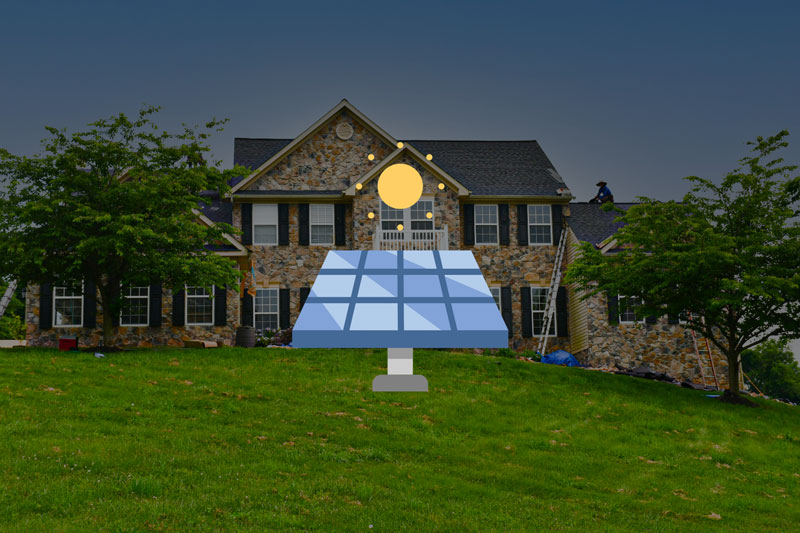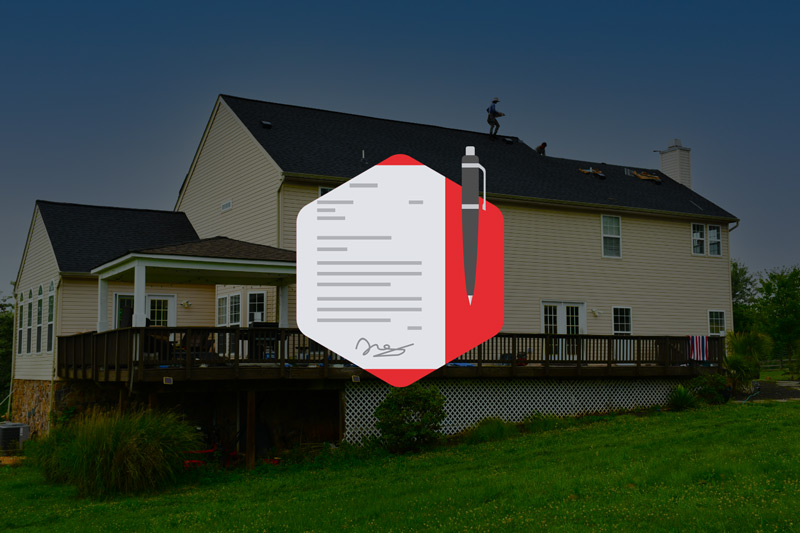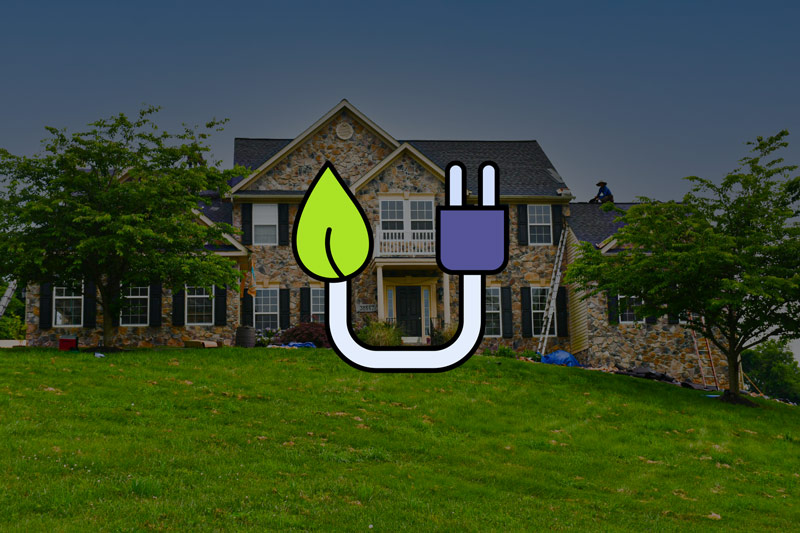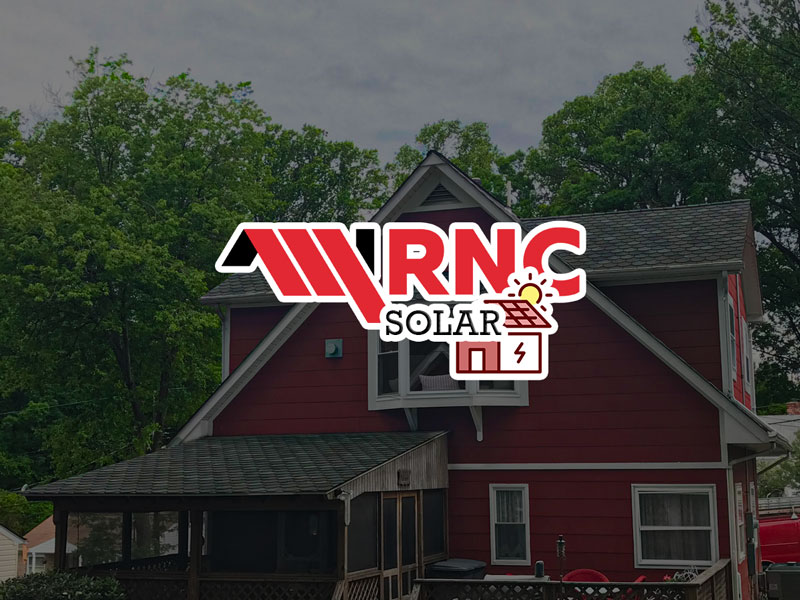Solar Power Installation Guide: Energy Efficiency
In a world where sustainability and energy efficiency are becoming paramount, solar power has emerged as a game-changing solution for both residential and commercial energy needs. The utilization of solar energy not only reduces our carbon footprint but also provides numerous financial benefits. Understanding the potential of solar power installation is the first step toward reaping its rewards.

Assessing Your Property for Solar Suitability
Evaluating Solar Potential
Before embarking on a solar power installation journey, it’s crucial to evaluate your property’s solar potential. This involves a comprehensive analysis of several factors that determine the feasibility of harnessing solar energy effectively. The number of sunlight hours your location receives, the presence of shading, and the orientation of your property all play pivotal roles in optimizing solar energy generation.
Sunlight Hours and Shading
The amount of sunlight your property receives directly impacts the efficiency of your solar power system. Sunlight hours vary based on geographic location, season, and local weather patterns. It’s essential to identify the areas on your property that receive maximum sunlight exposure throughout the day. Additionally, shading from trees, buildings, or other structures can hinder solar energy collection. Assess and address potential shading issues to ensure optimal energy production.
Optimal Placement with Solar Site Assessment
Conducting a solar site assessment is a critical step in determining the most advantageous placement of solar panels. Professionals typically use specialized tools and software to analyze the solar potential of different areas on your property. Through this assessment, experts consider factors such as solar irradiance, azimuth, and tilt angles to pinpoint the ideal locations for panel installation. This meticulous planning guarantees that your solar panels capture the maximum amount of sunlight and operate at peak efficiency.

Planning Your Solar Power System
Selecting the Ideal Solar Panels
When delving into the planning phase of your solar power installation journey, one of the pivotal decisions you’ll make is selecting the appropriate type of solar panels for your needs. The market offers various options, each with distinct advantages and considerations. Monocrystalline, polycrystalline, and thin-film panels are the primary contenders, each catering to specific requirements.
Considering Panel Types
Monocrystalline Panels: These panels are known for their efficiency and sleek aesthetics. They are made from single-crystal silicon, making them highly efficient in converting sunlight into electricity. Monocrystalline panels are a popular choice when space is limited.
Polycrystalline Panels: Polycrystalline panels are cost-effective and offer a good balance between efficiency and affordability. They are made from multiple silicon crystals, making them a reliable choice for residential installations.
Thin-Film Panels: Thin-film panels are lightweight and flexible, offering versatility in installation. While they are generally less efficient than crystalline panels, they can be an excellent option for unconventional installations or areas with varying sunlight angles.
Determining System Size
The next crucial aspect of planning your solar power system is determining its size. This step involves understanding your energy consumption patterns, geographic location, and potential future growth. Sizing your solar system correctly ensures that you generate enough energy to cover your needs while taking into account variations in sunlight exposure.
Calculating Energy Consumption: Assess your average energy consumption over a period of time. This helps you understand how much energy your solar panels need to generate to meet your demands.
Considering Location: The amount of sunlight your location receives affects the efficiency of your solar panels. Regions with higher sunlight exposure will require smaller systems compared to those with lower exposure.
Future Growth: If you anticipate an increase in energy consumption due to expansions or additional appliances, factor in this growth when sizing your system. It’s more cost-effective to plan for future needs during the initial installation.

Navigating the Legal and Financial Aspects
Ensuring Compliance with Regulations
Before embarking on your solar power installation journey, it’s essential to navigate the legal landscape to ensure a smooth process. Acquiring the necessary permits and adhering to local regulations are crucial steps to avoid setbacks and potential fines. These regulations vary by region and might involve zoning restrictions, building codes, and utility interconnection standards.
Obtaining Required Permits
Zoning Permits: Check with your local zoning authorities to determine if any permits are required for solar installations. Zoning regulations might dictate the size, placement, and appearance of your solar panels.
Building Permits: In some areas, you might need a building permit to install solar panels. This permit ensures that the installation complies with safety and structural standards.
Exploring Financial Incentives
The financial aspect of solar power installation is a significant consideration, and understanding available incentives can greatly impact your decision-making process.
Tax Credits and Rebates: Many governments offer tax credits or rebates to incentivize solar adoption. These credits can significantly reduce the upfront costs of installation and make solar power more accessible.
Net Metering: Net metering allows you to sell excess energy generated by your solar panels back to the grid, offsetting your energy costs.
Exploring Financing Options
Solar Loans: Many financial institutions offer specialized loans for solar installations. These loans typically have favorable terms and might not require a down payment.
Power Purchase Agreements (PPAs): PPAs allow you to purchase solar energy from a third party at a fixed rate, often lower than traditional utility rates.

The Solar Installation Process
Step-by-Step Installation Guide
Embarking on the solar installation process is an exciting journey that involves careful planning and precise execution. Here, we provide a comprehensive step-by-step breakdown of the installation process, ensuring a successful integration of solar power into your property.
Emphasizing Safety Precautions
Safety First: Prioritize safety throughout the installation process. Wear appropriate protective gear, follow safety guidelines, and avoid working on rooftops in adverse weather conditions.
Electrical Precautions: Turn off all electrical connections before connecting panels. Consult a professional if you’re unsure about handling electrical components.
Mounting Solar Panels
Choosing Installation Type: Decide whether to mount panels on roofs, ground installations, or integrated solutions. Each option has specific considerations related to structure, exposure to elements, and aesthetic preferences.
Roof Installations: For roof installations, ensure that the roof structure can support the added weight of solar panels. Properly anchor the panels to the roof to prevent movement.
Ground Installations: Ground installations offer flexibility in placement and maintenance. Position panels on a sturdy foundation, considering factors like sun exposure and shading.
Connecting Panels to the Electrical Grid
Inverters and Converters: Connect solar panels to inverters or micro-inverters, which convert direct current (DC) generated by the panels into alternating current (AC) for use in your home or business.
Grid Connection: A qualified electrician will connect your solar system to the electrical grid, allowing you to feed excess energy back to the grid and draw power when needed.

Maintenance and Maximizing Efficiency
Ensuring Longevity Through Routine Maintenance
The journey of solar power installation doesn’t conclude with system setup—it extends into the realm of maintenance and efficiency enhancement. Regular maintenance is vital to extending the lifespan of your solar power system and maximizing its energy-generating potential.
Tips for Panel Care and Maintenance
Cleaning Solar Panels: Dust, debris, and dirt can accumulate on solar panels over time, reducing their efficiency. Regularly clean panels with a gentle stream of water or a soft cloth. Avoid abrasive materials that might scratch the surface.
Inspecting for Damage: Routinely inspect panels for any signs of damage, such as cracks or physical deformations. Addressing such issues promptly prevents further deterioration and ensures optimal performance.
Troubleshooting and Problem Resolution
Monitoring Performance: Utilize monitoring tools to keep track of your system’s performance. Sudden drops in energy production might indicate an issue that requires attention.
Common Issues and Solutions: Familiarize yourself with common problems, such as wiring issues or inverter malfunctions. Understanding how to troubleshoot and resolve these problems can save both time and money.
Exploring Efficiency-Boosting Technologies
Solar Trackers: Solar trackers are mechanisms that orient solar panels to follow the sun’s path throughout the day. This increases panel exposure to sunlight, boosting energy generation.
Smart Systems and Monitoring: Implementing smart systems allows for remote monitoring and control of your solar power system. These systems optimize energy production by adjusting panel angles and settings based on real-time data.
View More Articles
Please Share!











